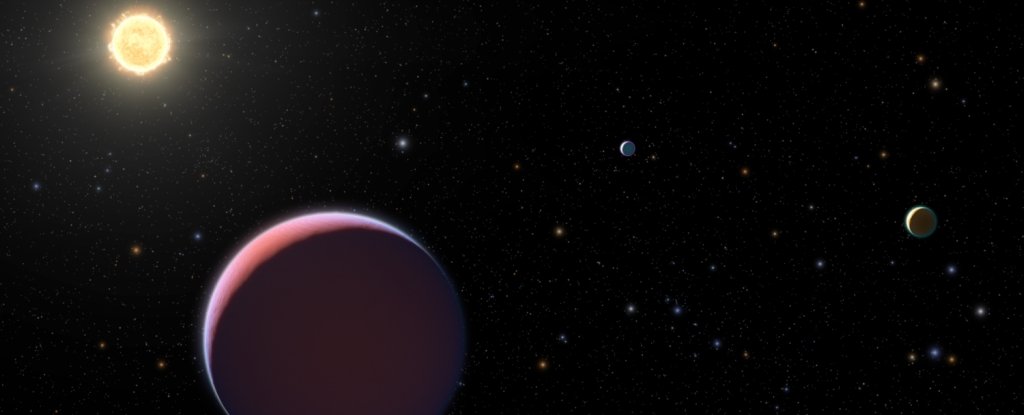
No two planets in the Solar System are exactly alike, but we can broadly categorise them - rocky worlds Earth, Venus, Mercury and Mars; gas giants Saturn and Jupiter; ice giants Neptune and Uranus; and dwarf planets, like Pluto and Ceres.
That sounds pretty diverse, but astronomers have just made a detailed study of a fascinating type of planet we don't have - super-puff worlds.
Of all the exoplanets our efforts have uncovered to date, only a handful - less than 15 - have been puffy. These three young planets, seen orbiting a star around 2,600 light-years away, are almost the size of Jupiter, but have less than one percent of its mass.
Other things to check out:
Why some planets eat their own skies
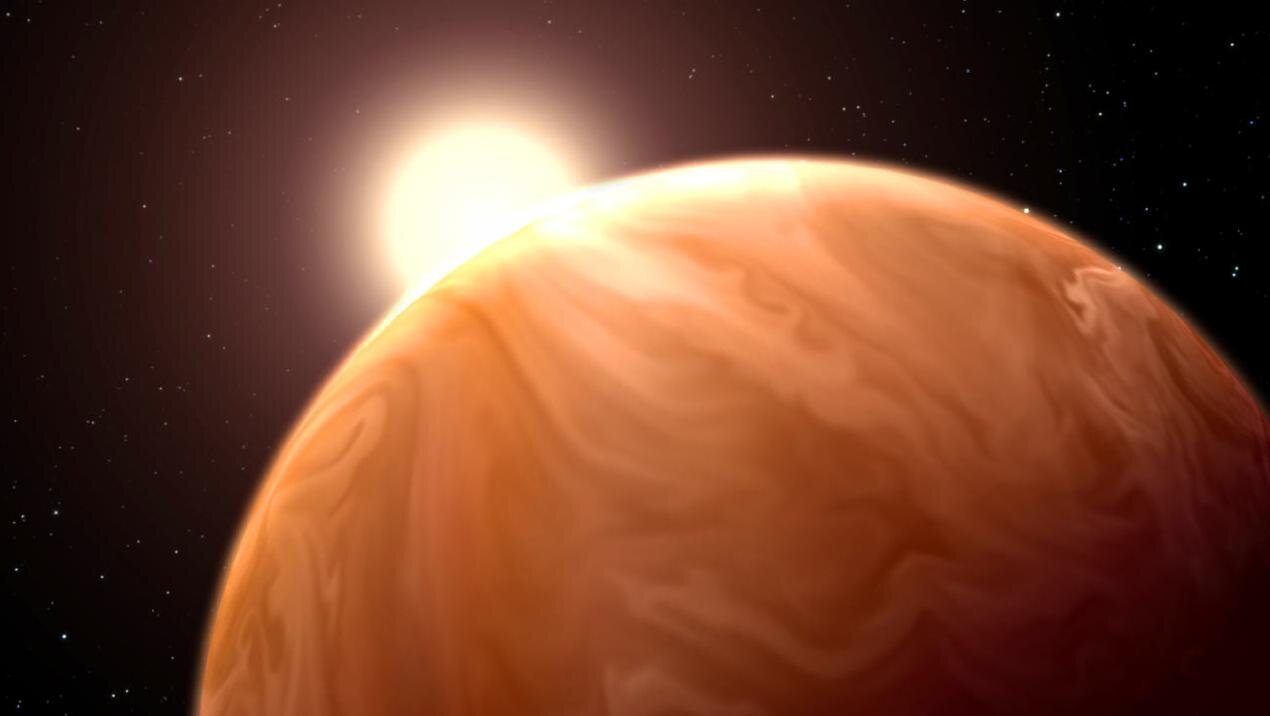
Scientists noticed that there were lots of these planets about the size of or just larger than Earth, but there was a steep cutoff before planets reached the size of Neptune. "This is a cliff edge in the data, and it's quite dramatic," said University of Chicago planetary scientist Edwin Kite. "What we have been puzzling over is why planets would tend to stop growing beyond about three times Earth's size."
In a paper published Dec. 17 in Astrophysical Journal Letters , Kite and colleagues at Washington University, Stanford University, and Penn State University offer an innovative explanation for this drop-off: The oceans of magma on the surface of these planets readily absorb their atmospheres once planets reach about three times the size of Earth.
There Could Be Iron 'Snow' Falling Within Our Planet's Core, New Study Shows
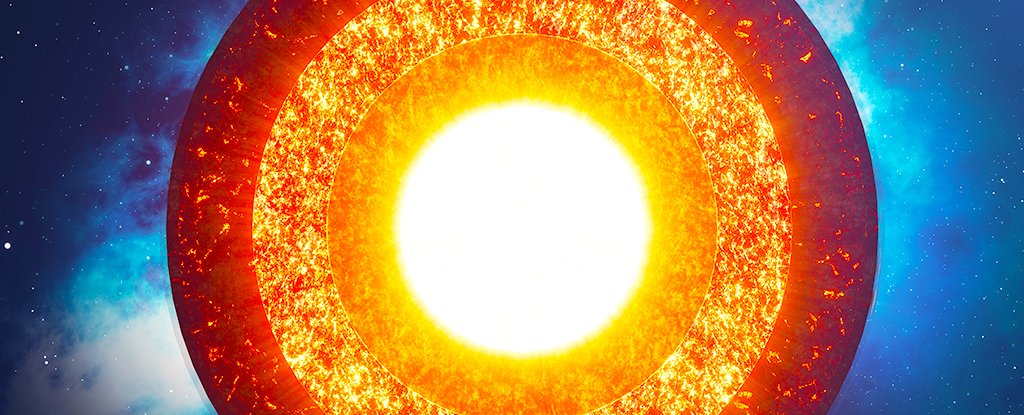
By listening to the muffled sound of our planet's groaning guts, geologists have revealed that Earth's core could be coated in a thick layer of metallic dust; a scene dismissed in the past as implausible by many researchers.
Contradictions between seismic data and existing models of our planet's molten insides have been hard to solve. So geologists are now reconsidering the existence of a fuzzy zone of mineral 'snow' gently falling from the bottom of the outer core.
Ultrashort x-ray technique will probe conditions found at the heart of planets -- ScienceDaily
Combining powerful lasers and bright x-rays, Imperial and STFC researchers have demonstrated a technique that will allow new extreme experiments.
The new technique would be able to use a single x-ray flash to capture information about extremely dense and hot matter, such as can be found inside gas giant planets or on the crusts of dead stars.
The same conditions are also found in fusion experiments, which are trying to create a new source of energy that mimics the Sun.
While you're here, how about this:
Search for Habitable Worlds Joined by New European Space Telescope - The New York Times

The European Space Agency is continuing the search for new Earths this week with the launch of Cheops, a new telescope whose name stands for CHaracterising ExOPlanet Satellite.
"Cheops will take exoplanet science to a whole new level," said Günther Hasinger, the agency's director of science.
The spacecraft launched early on Wednesday morning aboard a Soyuz-Fregat rocket from the European spaceport in Kourou, French Guiana. It was the second try after Tuesday's first launch attempt was delayed and some equipment was replaced.
Without a Magnetosphere, Planets Orbiting Flare Stars Don't Stand a Chance - Universe Today
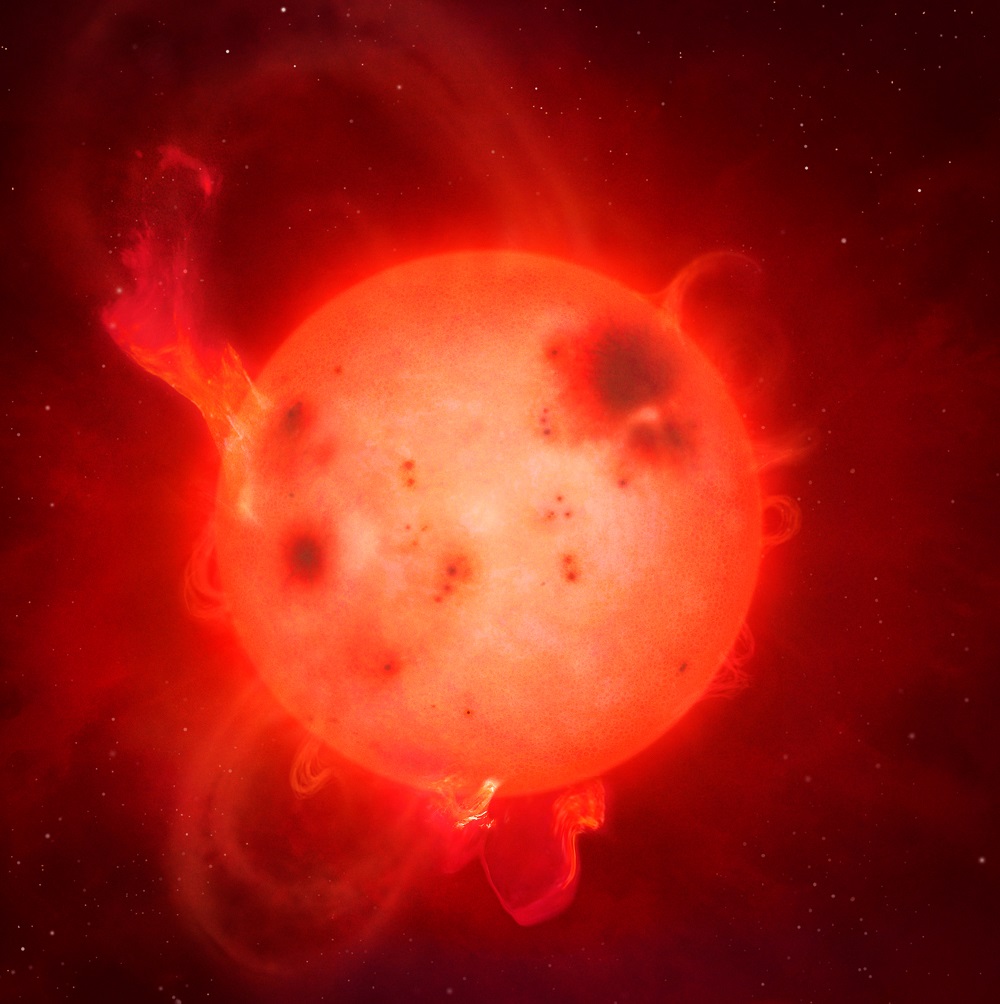
An M-type star is also known as a red dwarf, and they can flare a lot more than our Sun. A new study points out that the radiation and flaring from any star, either G-type or M-type, is a serious constraint on the habitability of exoplanets.
The paper is titled " Stellar proton event-induced surface radiation dose as a constraint on the habitability of terrestrial exoplanets ." It's published in the Monthly Notices of the Royal Astronomical Society: Letters. The sole author is Dmitri Atri of the New York University in Abu Dhabi, United Arab Emirates.
Sub-Neptune Planets Stop Growing By 'Eating' The Sky

In 2014, NASA's Kepler Space Telescope found 700 new distant planets for scientists to study. However, unlike in earlier surveys wherein the planets spotted were mostly gas giants just like our own Jupiter, these new planets were smaller in size and mostly rock in mass.
What's even more interesting about these planets is that many of them were similar in size with Earth or perhaps bigger, but they seem to have stopped growing before they reach the size of Neptune.
Some Monster Planets Eat Their Own Skies – Solving the Puzzle of Sub-Neptune Exoplanets
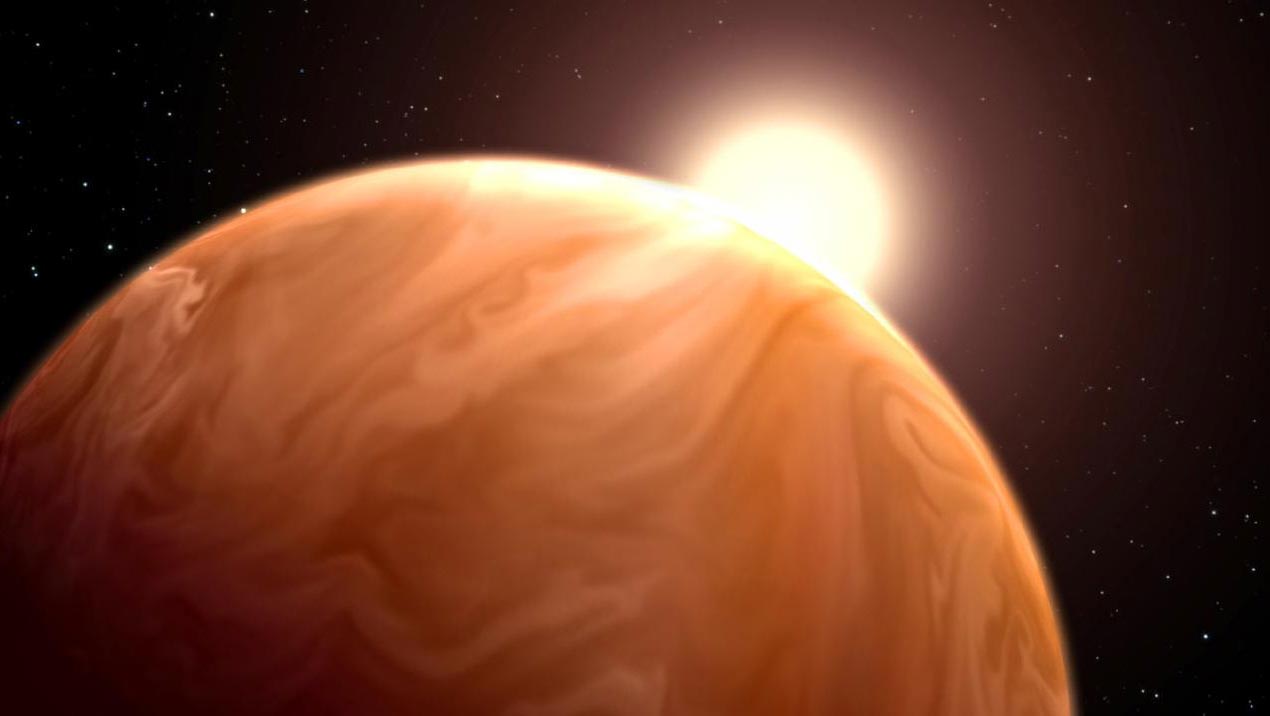
Artist’s impression of an exoplanet smaller than Neptune. A new study suggests a reason why such planets rarely grow larger than Neptune: the planet’s magma oceans begin to eat the sky. Credit: NASA/ESA/G. Bacon (STScI)/L. Kreidberg & J. Bean (U. Chicago)/H. Knutson (Caltech)
For many years, for all we knew, our solar system was alone in the universe. Then better telescopes began to reveal a treasure trove of planets circling distant stars.
Happening on Twitter
Astronomers spotted a magnetic explosion on the surface of the sun unlike anything they've ever seen before. Althou… https://t.co/bJKrkVtqe3 CNN Thu Dec 19 17:40:06 +0000 2019
A team of astronomers has produced a new image of an arc-shaped object in the center of our Milky Way galaxy. The f… https://t.co/xzTUu1dcLs SETIInstitute (from Mountain View, CA) Fri Dec 20 15:15:10 +0000 2019
1. Astronomers captured first image of a black hole. @ALMAobs, #APEX and other telescopes, which together make the… https://t.co/aY59rawwY6 ESO (from Garching, Germany) Fri Dec 20 08:02:31 +0000 2019
Astronomers finally cracking how black holes grew so big & fast during the 'cosmic dawn' https://t.co/9b3uvXyoBC RT_com Fri Dec 20 05:40:00 +0000 2019
No comments:
Post a Comment